This 114m-long cycloramic painting, housed in a special building, depicts Tadeusz Kościuszko's victory over Russian forces at Racławice in 1794.
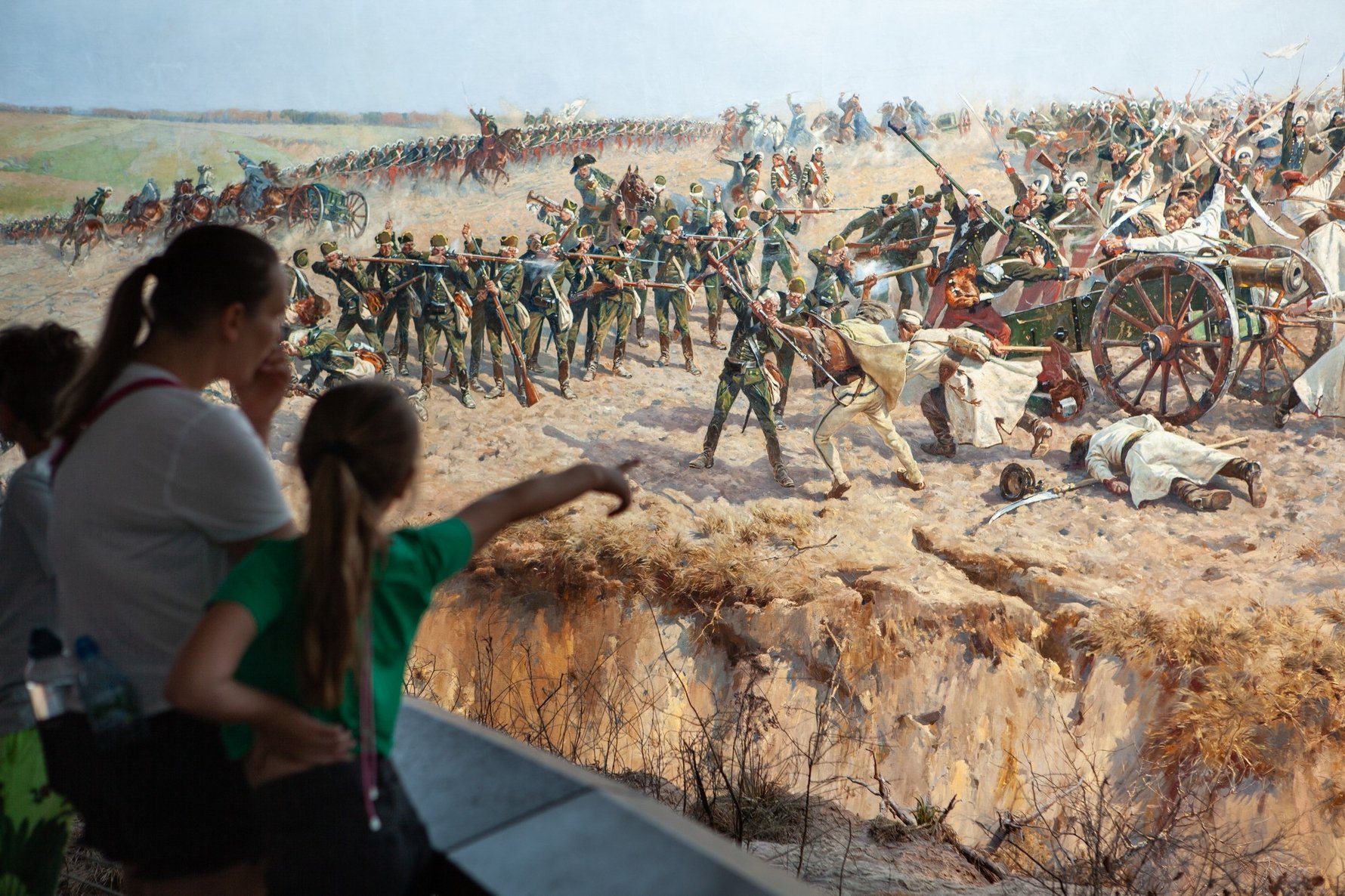
The painting was born in a burst of patriotic fervour in Lwów (now Lviv, Ukraine) a hundred years after the battle. Painters Jan Styka and Wojciech Kossak wanted to create a monument to Polish national spirit. Their work, displayed in a rotunda built especially for it, was a popular - and financial - success. After World War II, the Soviet Union, which had absorbed the city of Lviv, sent the painting to Wrocław. Its subject, however, was a bit too nationalistic for the local Communist authorities, who rejected several bids to display it. The current building was completed in 1967, but the Panorama itself was not installed for display until 1985. Today school groups and hordes of others file in daily for a 30-minute taped lecture on the painting and its history. Headsets with commentary in 17 languages (including English, French, Russian, Spanish, German and even Esperanto) are available at no extra charge. Presentations are held every half hour. Around 1,600 people per day turn up to admire the painting, so don’t think you’ll just be able to walk in straight away - expect queues.
Ticket prices are a bit steep, but also valid for single entry to the permanent exhibits of the National Museum in Wrocław, the Ethnographic Museum, and the Four Domes Pavilion within three months of the purchase date.
Average visiting time: 30mins.


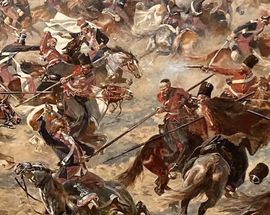
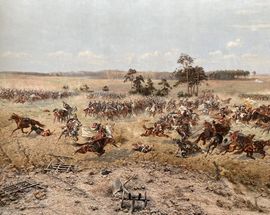

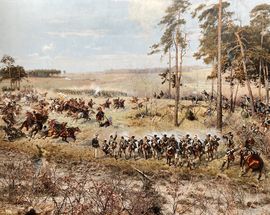
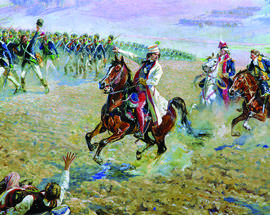
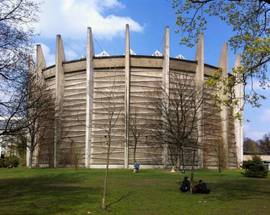
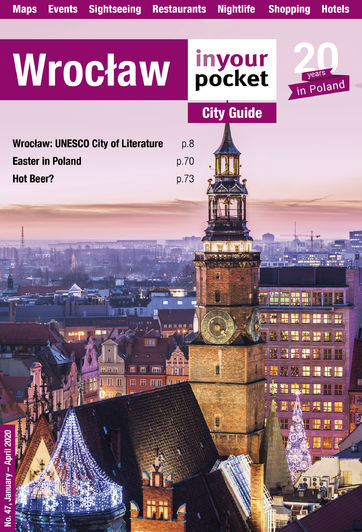
Comments